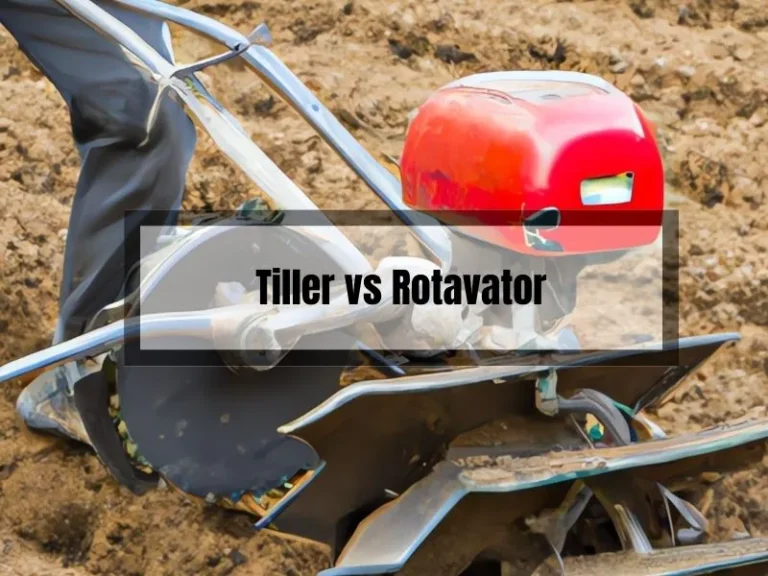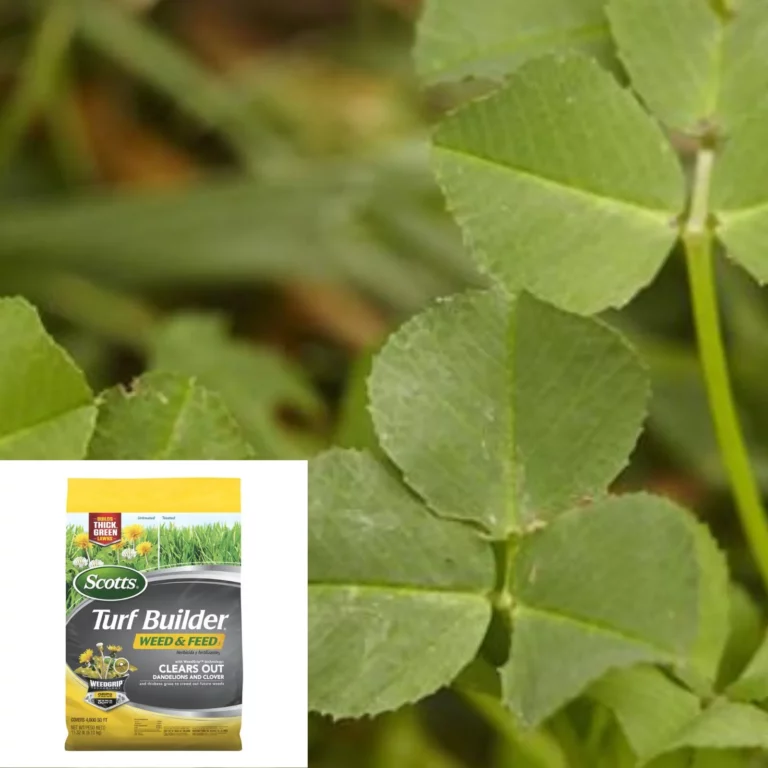Peat Moss for Lawns: Benefits and How to Use It
If you’re looking for a way to improve the health and appearance of your lawn, peat moss may be a solution worth considering. Peat moss is an organic material that is often used to improve soil quality, and it can work wonders for your lawn. In this article, we’ll take a closer look at peat moss for lawns, including what it is, how it works, and how to use it effectively.
Peat moss is a type of soil amendment that is made from decomposed plant material. It is known for its ability to improve soil quality by increasing the soil’s ability to retain moisture, improving drainage, and providing essential nutrients to plants.
When used on lawns, peat moss can help to promote healthy growth, reduce the need for fertilizer, and make your lawn more resistant to drought and disease.
Key Takeaways
- Peat moss is an organic material that can improve the health and appearance of your lawn.
- Understanding how peat moss works and how to prepare your lawn for it is essential for effective use.
- By using peat moss correctly, you can improve soil quality, promote healthy growth, and reduce the need for fertilizer.
Understanding Peat Moss
Definition and Origin
Peat moss is a type of organic matter that is commonly used in gardening and lawn care. It is formed by the accumulation of dead plant material in wetland environments.
Peat moss is typically harvested from bogs and swamps in northern regions of the world, such as Canada and Scandinavia. It is widely available at garden centers and home improvement stores.
Types of Peat Moss
There are two main types of peat moss: sphagnum peat moss and sedge peat moss. Sphagnum peat moss is the most common type and is harvested from bogs that are dominated by sphagnum moss. Sedge peat moss, on the other hand, is harvested from wetlands that are dominated by sedges and other grass-like plants.
Benefits for Lawn Care
Peat moss has several benefits for lawn care. It can improve soil structure and drainage, which can lead to healthier and more resilient lawns.
Peat moss is also an excellent source of organic matter, which can help to promote healthy microbial activity in the soil. Additionally, peat moss can help to acidify soil, which can be beneficial for certain types of grasses.
Overall, peat moss is a versatile and useful material for lawn care and gardening. By understanding its properties and uses, you can make informed decisions about how to incorporate it into your lawn care routine.
Preparing Your Lawn for Peat Moss
If you want to use peat moss on your lawn, you need to prepare your lawn properly. This section will guide you through the steps to prepare your lawn for peat moss.
Assessing Lawn Health
Before adding peat moss to your lawn, you should assess the health of your lawn. Look for signs of stress, such as thinning grass, bare patches, and weeds. If your lawn is unhealthy, it may not benefit from the addition of peat moss.
Soil Testing
You should test your soil before adding peat moss to your lawn. Soil testing will help you determine the pH level of your soil and identify any nutrient deficiencies.
You can purchase a soil testing kit from a garden center or send a sample of your soil to a soil testing lab. Once you know the pH level of your soil, you can adjust it as needed. Peat moss is acidic, so if your soil is already acidic, you may not need to add peat moss.
Aeration and Thatching
Aeration and thatching are important steps in preparing your lawn for peat moss. Aeration involves making small holes in your lawn to allow air, water, and nutrients to penetrate the soil.
Thatching involves removing the layer of dead grass and other debris that accumulates on your lawn over time. Both of these steps will help your lawn absorb the peat moss and other nutrients more effectively.
In summary, before adding peat moss to your lawn, assess the health of your lawn, test your soil, and aerate and thatch your lawn. By following these steps, you can ensure that your lawn is ready to receive the benefits of peat moss.
Application Techniques
Determining the Right Amount
Before applying peat moss to your lawn, it’s essential to determine the right amount to use. You can calculate the amount of peat moss you need by measuring the area of your lawn.
A general rule of thumb is to use one cubic foot of peat moss per 100 square feet of lawn. However, you should always refer to the manufacturer’s instructions for the recommended amount to use.
Spreading Methods
There are different methods to spread peat moss on your lawn. One way is to use a broadcast spreader, which evenly spreads the peat moss over your lawn. Another option is to use a drop spreader, which drops the peat moss onto the lawn in a controlled manner.
You can also spread peat moss by hand if you have a small lawn. Whichever method you choose, make sure to spread the peat moss evenly to avoid creating clumps that can damage your lawn.
Watering After Application
After spreading peat moss on your lawn, it’s crucial to water it thoroughly. This helps the peat moss settle into place and start working its magic on improving soil health. You should water your lawn immediately after spreading peat moss, and then water it again a few days later. Make sure to water deeply to encourage the peat moss to penetrate into the soil.
Remember, peat moss is a valuable soil amendment that can improve moisture retention, aeration, and drainage in your lawn. By following these application techniques, you can promote a healthier and more vibrant lawn.
Maintenance Tips
Regular Lawn Care
To keep your lawn looking healthy and green, it’s important to follow a regular lawn care routine. This includes mowing your lawn regularly, fertilizing it at the right time, and watering it properly. Mowing your lawn too short can stress the grass and make it more susceptible to pests and disease.
Fertilizing your lawn too much or too little can also cause problems. Make sure to follow the instructions on the fertilizer package and apply it at the right time of year. Water your lawn deeply and infrequently, rather than shallow and frequently, to encourage deep root growth.
Monitoring pH Levels
Peat moss can help to lower the pH of your lawn’s soil, making it more acidic. However, it’s important to monitor the pH levels regularly to make sure they don’t become too low. A pH level of 6.0 to 7.0 is ideal for most types of grass.
If the pH level is too low, you can add lime to raise it. If it’s too high, you can add sulfur to lower it. You can purchase a soil test kit from your local garden center to test the pH levels of your lawn’s soil.
Dealing with Pests and Weeds
Even with regular lawn care, pests and weeds can still be a problem. To prevent pests, make sure to keep your lawn healthy and well-maintained. Mow it regularly, water it properly, and fertilize it at the right time of year.
If pests do become a problem, you can use an insecticide to get rid of them. To prevent weeds, make sure to pull them out as soon as you see them. You can also use an herbicide to get rid of weeds. However, make sure to use it carefully and according to the instructions on the package to avoid damaging your lawn.
Environmental Considerations
When considering the use of peat moss for your lawn, it’s important to take into account the environmental impact of this material. Here are some factors to consider:
Sustainability of Peat Moss
Peat moss is a non-renewable resource, which means that it takes centuries to form. The extraction of peat moss can lead to the destruction of wetland habitats, which are important for biodiversity. In addition, the production of peat moss releases carbon dioxide into the atmosphere, contributing to climate change.
Alternatives to Peat Moss
There are several alternatives to peat moss that are more sustainable and environmentally friendly. For example, compost is a great alternative that can improve soil structure, retain moisture, and provide nutrients to your lawn. Other options include coconut coir, which is made from the husks of coconuts, and leaf mold, which is made from decomposed leaves.
When choosing a soil amendment for your lawn, it’s important to consider the environmental impact of your choice. By choosing a sustainable alternative to peat moss, you can help protect the environment while still achieving a healthy and vibrant lawn.
Frequently Asked Questions
What are the benefits and drawbacks of using peat moss on your lawn?
Peat moss can help improve soil structure, promote healthy grass growth, and retain moisture and nutrients. However, it can also be expensive and may not be sustainable in the long term. It is important to weigh the benefits and drawbacks before deciding whether to use peat moss on your lawn.
How should you apply peat moss when treating bare spots?
When treating bare spots, it is recommended to loosen the soil and mix peat moss with the soil. This will help improve soil structure and provide a good growing medium for grass seed. After mixing, level the area and apply grass seed.
Where can you find peat moss suitable for lawn care?
Peat moss can be found at most garden centers and home improvement stores. Look for peat moss that is specifically labeled for lawn care or gardening.
Can peat moss be used as a standalone top dressing for soil?
Peat moss can be used as a top dressing for soil, but it is recommended to mix it with other organic matter such as compost or aged manure. This will help provide a balanced nutrient profile and improve soil structure.
How does peat moss compare to topsoil when planting grass seed?
Peat moss can be a good alternative to topsoil when planting grass seed. It helps retain moisture and nutrients, and promotes healthy grass growth. However, it is important to mix peat moss with soil to improve soil structure.
What type of peat moss is recommended for healthy lawn maintenance?
Sphagnum peat moss is the most common type of peat moss used for lawn maintenance. It is high in organic matter and has a low pH, which can help improve soil structure and promote healthy grass growth.





